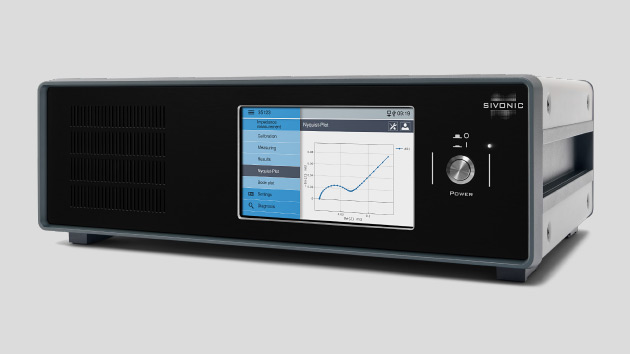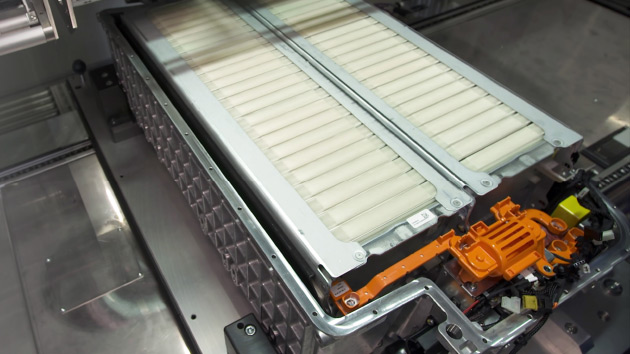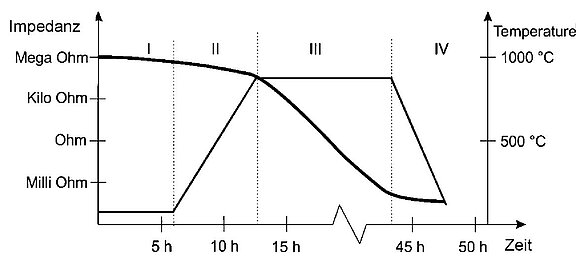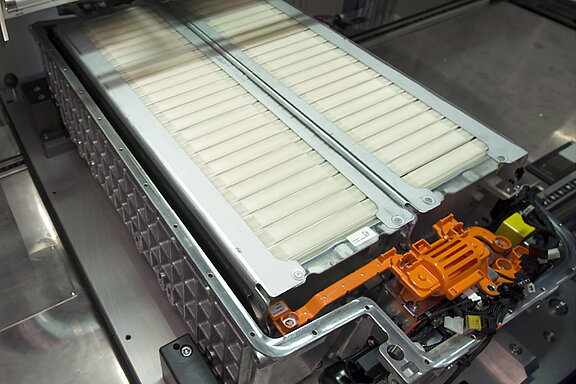Title: Method for Producing a Stack of Solid Oxide Cells (SOxC)
This patent describes an innovative method for manufacturing stacks of solid oxide cells (SOFC/SOEC), in which the joining and conditioning process is guided by impedance measurements for the first time. Instead of relying on fixed temperature and process profiles, the method uses electrical impedance data to adaptively control the manufacturing process.
Through continuous impedance monitoring – for example via electrochemical impedance spectroscopy (EIS) – critical process steps such as glass-seal melting, cell bonding, or thermal conditioning can be precisely adjusted to the actual state of the materials. This enables:
higher process stability
early detection of deviations
reproducible stack quality
reduced scrap and rework rates
more efficient series production of SOFC and SOEC systems
The impedance-guided manufacturing approach represents a significant advancement for the industrial production of high-temperature fuel cells and electrolyzers. It combines materials science expertise with intelligent measurement technology and strengthens the technological foundation of modern electrochemical energy systems.





![Fuel Cell [Translate to Englisch:]](/fileadmin/_processed_/e/2/csm_img_Vorschau_Applikationen_Brennstoffzellen_5c9d48bd57.jpg)

![Electrolysis [Translate to Englisch:]](/fileadmin/_processed_/c/5/csm_img_Vorschau_Applikationen_Elektrolyse_010bb10ebc.jpg)
![Corrosion [Translate to Englisch:]](/fileadmin/_processed_/b/0/csm_img_Vorschau_Applikationen_Korrosion_1a39355e33.jpg)
